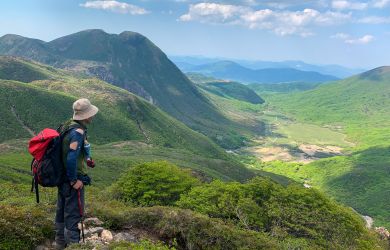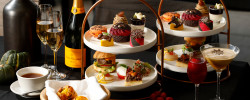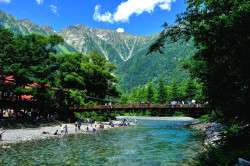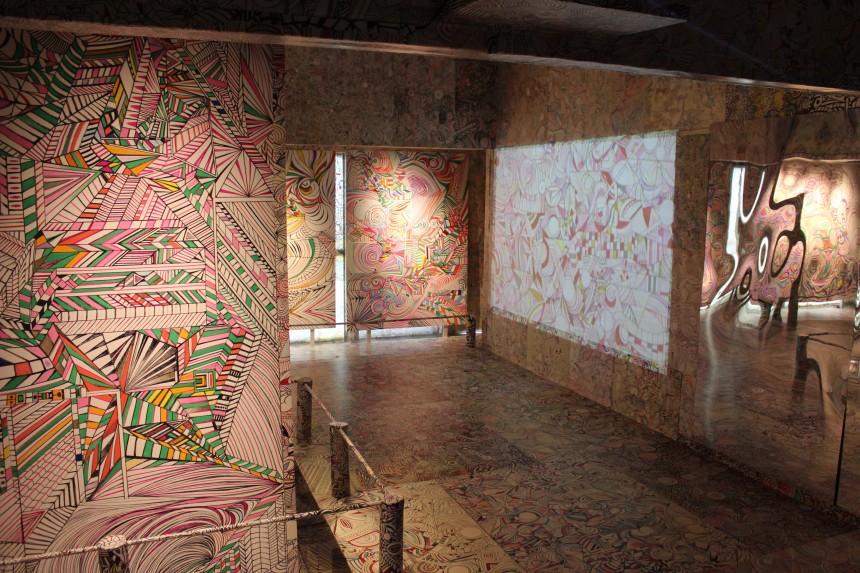
September 18, 2019
24 Hours at the 2019 Setouchi Triennale
Exploring Japan's art archipelago
The Setouchi Triennale is back in 2019 after its cyclical three-year hiatus, and with it comes a slew of new artworks, concepts and exhibits from acclaimed local and international artists.
The Triennale is set on Japan’s art islands, a striking archipelago of steep pine forests and old villages surrounded by the glassy surface of the Seto Inland Sea. 12 islands and two mainland ports play host over the course of the year, with the most popular artworks retaining a permanent place on the islands’ visage.
Here’s a guide on how you can spend 24 hours at the 2019 Setouchi Triennale, while fully exploring two of the Inland Sea’s smallest, yet most enchanting islands: Megijima and Ogijima.
Morning: Megijima
Takamatsu, Shikoku, is one of the main hub cities for visitors to the Triennale. From here you can get a direct ferry to most of the nearby art islands. The 8am ferry to Megijima will arrive at 8.20, giving you plenty of time to explore the island’s 19 exhibits, before grabbing a bite to eat at the wildly popular Setouchi Gastronomy restaurant.
First up, check out “Ebune: Drifters,” an abandoned house redesigned to look like a shipwrecked houseboat, hiding behind a hulking sea wall. Young Japanese artist Kouryou’s creation is distinctly Hayao Miyazaki-esque, blending a dilapidated artificial structure into its natural surroundings. Overgrown grasses surround the houseboat, while ivy snakes up its sides. Inside is a chaotic mishmash of low-hanging beams, walls dressed in vivid color-splashed drawings, twisting vines climbing towards the roof, and a host of bric-a-brac items tumbling off the shelves.
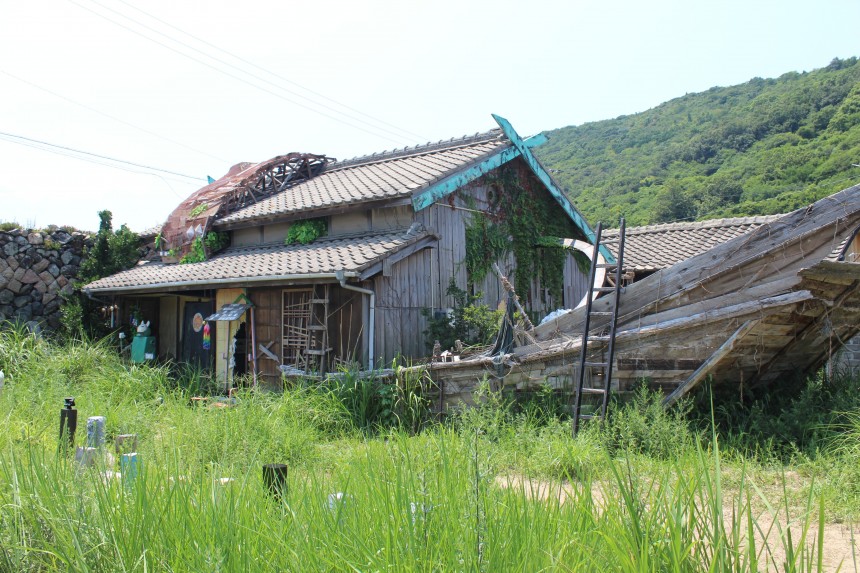
There are other works on Megijima that bring Ghibli to mind. Shinro Ohtake’s “MECON,” on the site of an abandoned elementary school, is an erratic weaving together of kitsch tile mosaics, dense vegetation, shipwrecked materials and other miscellaneous items. “Little Shops on the Island “un… Salon for Soothing Your Soul”‘ by Eros Nakazato — a hand-cranked mechanical chair that massages your back — on the other hand, has a slightly sadistic design that wouldn’t look out of place inside of Howl’s Moving Castle.
And don’t miss out on “Terrace Winds” (dan dan no kaze) by Yasuyoshi Sugiura: a collection of bizarre ceramic structures that sit atop an overgrown forest path casting their gaze over the surrounding seascape. You won’t find a better view on the island.
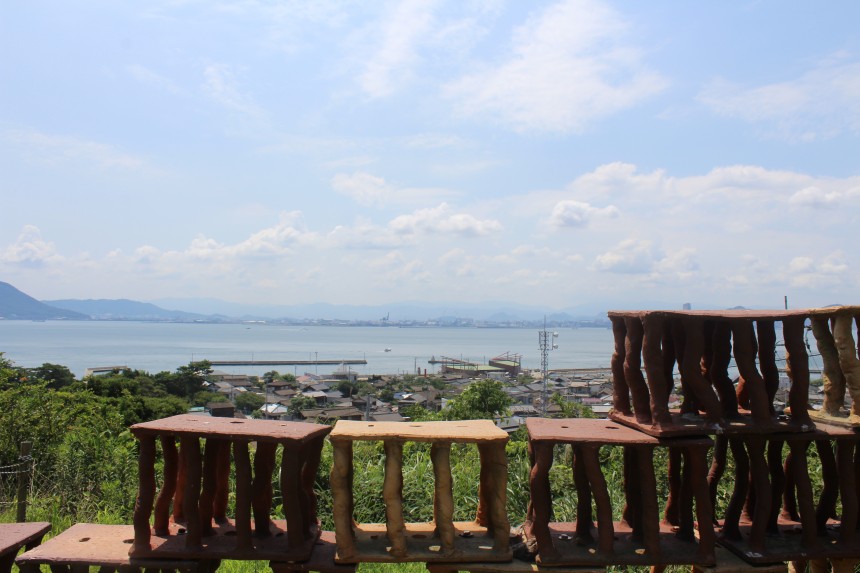
Lunch: Setouchi Gastronomy
When you’re ready to eat, head to Setouchi Gastronomy, an arthouse-cum-restaurant for a carefully curated and exquisitely presented 3-course meal using local ingredients. The work’s creator is Japan’s contemporary art master of food-themed works, EAT&ART TARO.
Each meal is served in traditional Japanese restaurant environs, with low tables, tatami mats, floor cushions, and the pad of waitresses feet as they refill your cup of home-brewed tea as necessary. The menu shifts from season to season, but if the summer feast is any indication, the culinary options this autumn should be most agreeable. Just be sure to book at the restaurant before you want to eat; there are five allotted times each day (from 10:50am through until 3pm), with a maximum of 20 guests per slot.

Afternoon: Ogijima
Now it’s time to make your way to Ogijima. There is a direct ferry between the two islands running intermittently throughout the day.
The installations in Ogijima mostly occupy abandoned homes along the village’s steep walking trails, some of which have been consistently reinvented over the course of the Triennale’s history.
“The Space Flower・Dance・Ring” by Takeshi Kawashima and Dream Friends, is described as a “dynamic 360-degree installation.” Several works by Takeshi and artists following in his stylistic blueprint, cover the walls of an old house in psychedelic patterns, interspersed with perception-distorting mirrors. The level of detail is quite extraordinary.
Sarah Westphal’s “The Sea Within — The See Within” meditation room is equally intriguing. A video of a writhing octopus is projected onto a pool of water in front of you, creating a little pocket of meditative calm among the hustle and bustle of the Triennale.
You should also make sure to visit Mayumi Kuri’s “Memory Bottle” exhibit before you leave the island. Her inspired work is a collection of illuminated glass jars, each one holding the memory of an individual inhabitant of the island: a hand-written note, a sepia-tinted picture, even a treasured childhood toy.
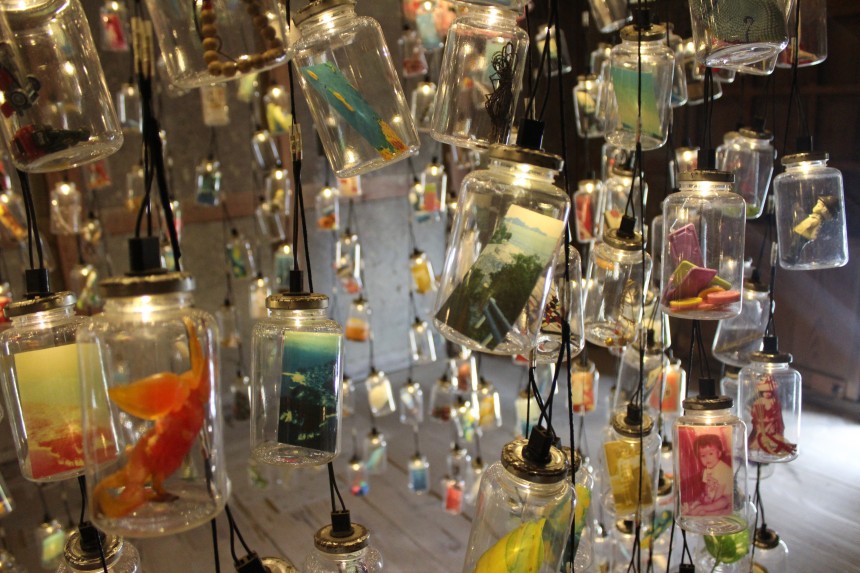
There are 17 works in total here, so plenty to feast your eyes upon before the last ferry to Takamatsu at 5pm.
Evening
On arriving at Takamatsu, you’ll probably have regained your appetite. Udon is the order of the day in Kagawa prefecture, and Takamatsu is littered with restaurants specializing in this wholesome noodle-based cuisine. Waraya is up there with the best, serving delightfully-textured noodles in small wooden barrels, in a building that’s scarcely changed since the Edo Period (1603-1868).
If you’ve still got some gas left in the tank, you can finish off your night with cocktails in the city’s downtown: the smoky, cavernous interior of Grandfather’s is a fine setting to congregate until the small hours. Or, depending on the night, you can check out one of the events that runs in coordination with the Triennale. These events range from live painting and music shows to interviews with artists. For more on Triennale events, check here:

